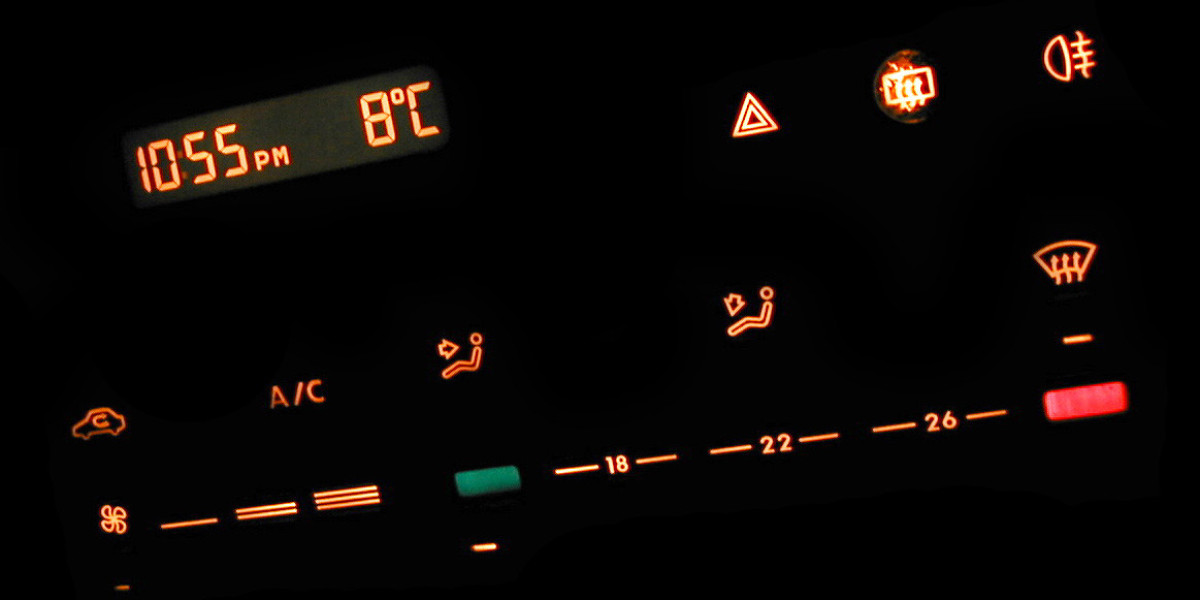As Per Market Research Future, a detailed Robotic Lawn Mower Market analysis reveals key trends and challenges shaping the industry. The analysis highlights the importance of innovation in product design and functionality, as well as the growing demand for eco-friendly and energy-efficient solutions. Furthermore, understanding consumer preferences and market dynamics is crucial for businesses looking to succeed in this competitive landscape. The analysis also emphasizes the potential for growth in emerging markets, where awareness of robotic lawn care solutions is increasing.
The robotic lawn mower market is revolutionizing modern landscaping by integrating advanced robotics and smart technologies into routine lawn maintenance. These automated machines, equipped with sensors, GPS, and AI algorithms, enable homeowners and businesses to maintain lawns efficiently with minimal human effort. As consumers seek convenient, eco-friendly, and time-saving lawn care solutions, robotic mowers are rapidly gaining popularity across residential and commercial sectors. This market’s expansion is driven by the growing trend toward smart homes and the rising demand for sustainable outdoor equipment.
Market Trends and Drivers
Several factors contribute to the accelerating growth of the robotic lawn mower market. Increasing labor costs, shrinking gardening time, and heightened awareness about energy-efficient tools have encouraged the adoption of autonomous lawn mowers. The rise of the Internet of Things (IoT) has enabled seamless connectivity between robotic mowers and mobile devices, allowing users to control and monitor mowing activities remotely. Battery technology advancements and the use of renewable energy sources, such as solar charging, have further enhanced operational efficiency. Moreover, the demand for noise-free and environmentally friendly mowing solutions is boosting sales across urban households.
Technological Developments
Technological innovations continue to transform the robotic lawn mower market. Artificial intelligence and machine learning are being integrated into mower designs to enable better navigation, obstacle detection, and terrain adaptation. The use of GPS-based mapping systems and boundary wire-free models allows for more precise mowing patterns. Additionally, manufacturers are focusing on developing models that can self-charge, automatically schedule mowing sessions, and integrate with smart home ecosystems. These innovations are not only improving convenience but also enhancing safety and energy efficiency.
Challenges and Market Constraints
Despite its promising outlook, the robotic lawn mower market faces challenges such as high upfront costs, limited battery capacity for large lawns, and dependence on favorable weather conditions. Some consumers remain hesitant due to the complexity of installation and maintenance. However, with ongoing technological advancements and decreasing component costs, the adoption rate is expected to rise significantly. Companies are addressing these concerns by offering affordable models, extended warranties, and user-friendly designs that cater to diverse consumer needs.
Regional Insights and Future Prospects
Europe currently dominates the robotic lawn mower market due to the widespread adoption of smart home technologies and the presence of key manufacturers. North America and Asia-Pacific are emerging as fast-growing regions driven by increasing urbanization, disposable income, and the popularity of automated appliances. The future of the robotic lawn mower market lies in sustainability and connectivity. As AI-driven automation becomes more accessible, consumers will continue to embrace robotic mowers as part of an integrated smart home lifestyle.
Conclusion
In essence, the robotic lawn mower market represents a major step toward sustainable and intelligent outdoor maintenance. With continuous innovation and growing consumer interest, robotic lawn mowers are poised to become a common fixture in modern households worldwide.
FAQs
What are robotic lawn mowers?
Robotic lawn mowers are automated machines that cut grass using sensors and programmed navigation without human assistance.Are robotic mowers energy-efficient?
Yes, most robotic mowers use rechargeable batteries, making them eco-friendly and cost-effective.Where are robotic mowers most popular?
They are widely used in Europe and are gaining traction in North America and Asia-Pacific.
More Related Reports:
Audible Visual Signaling Device Market







